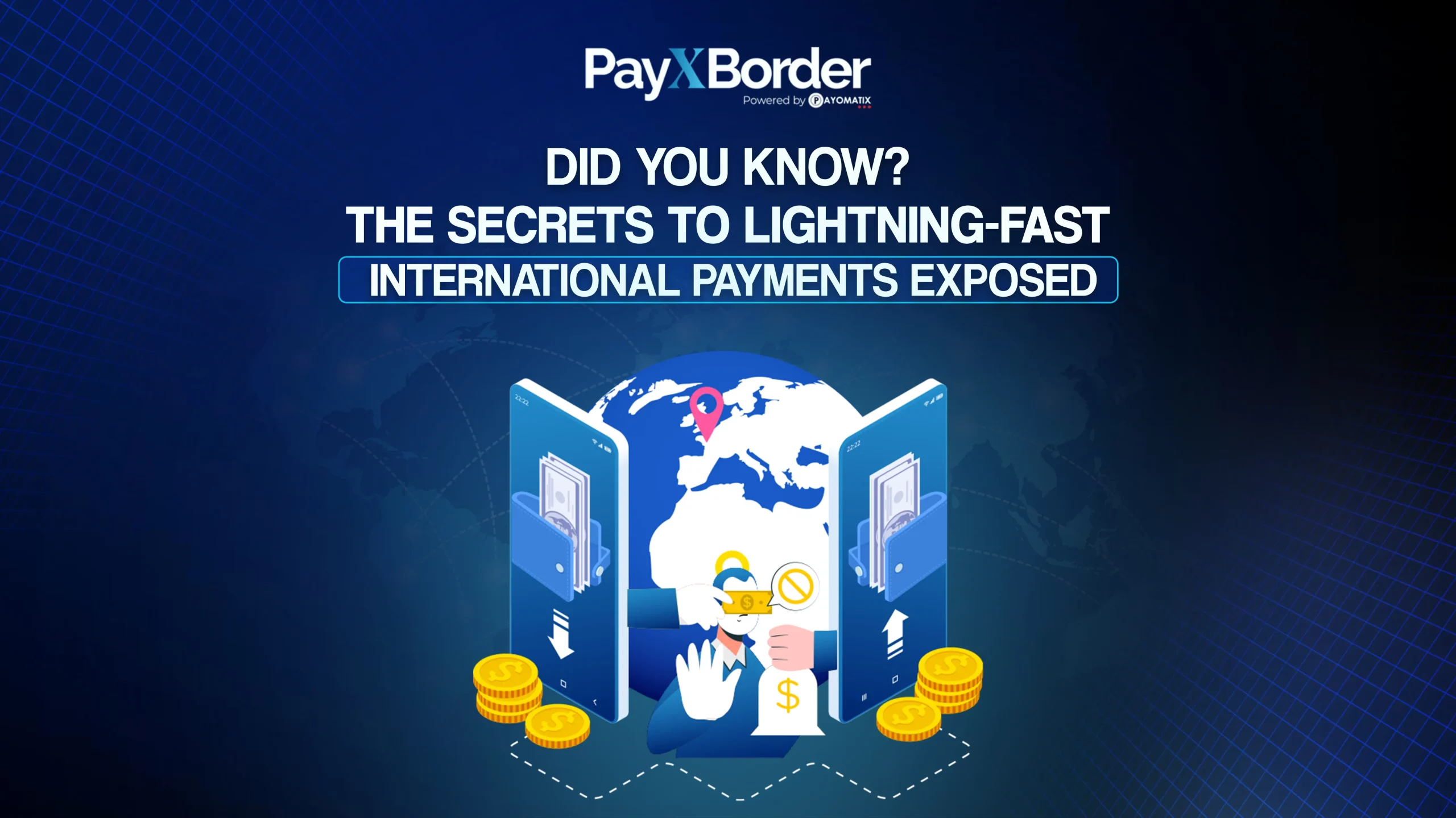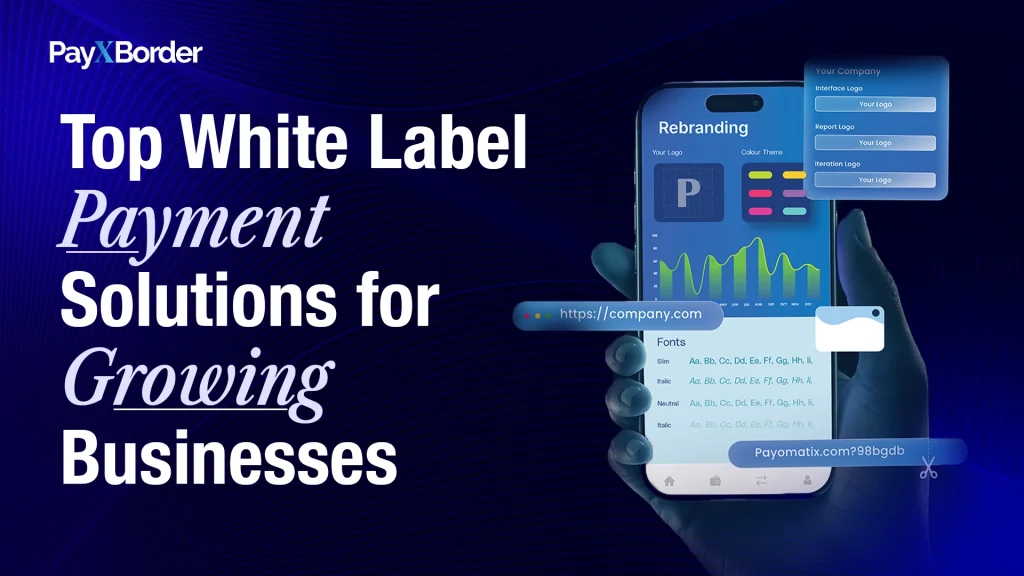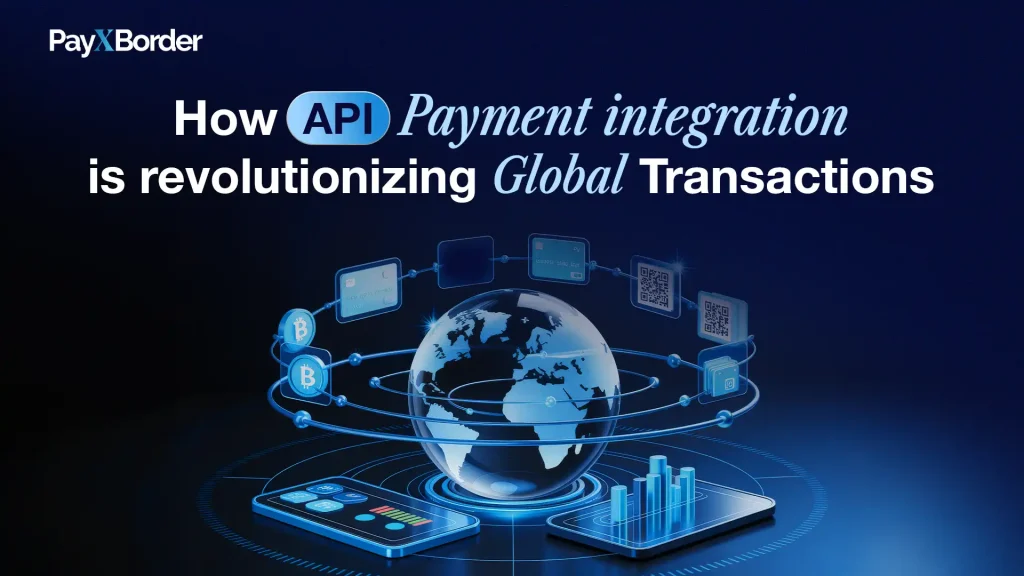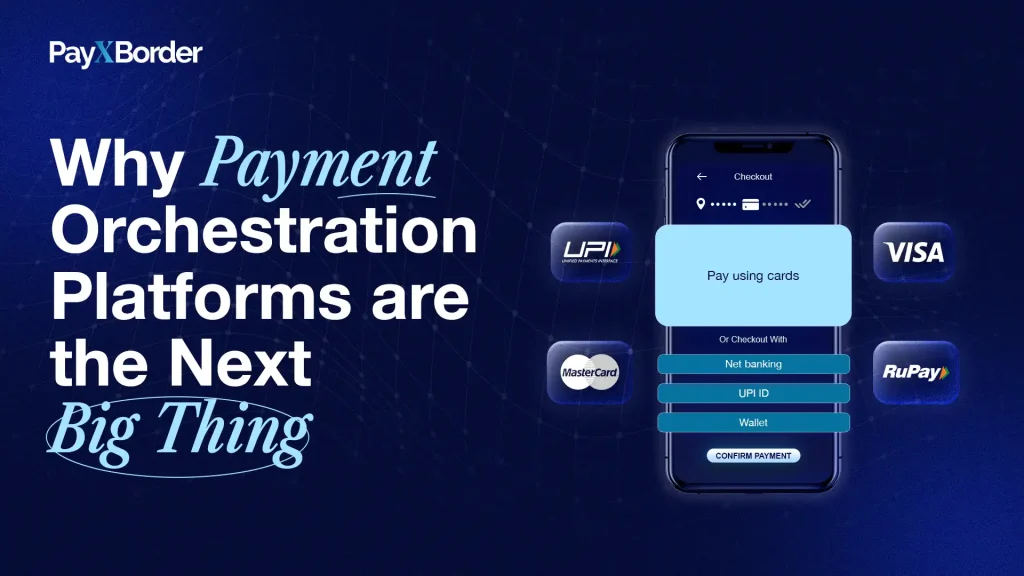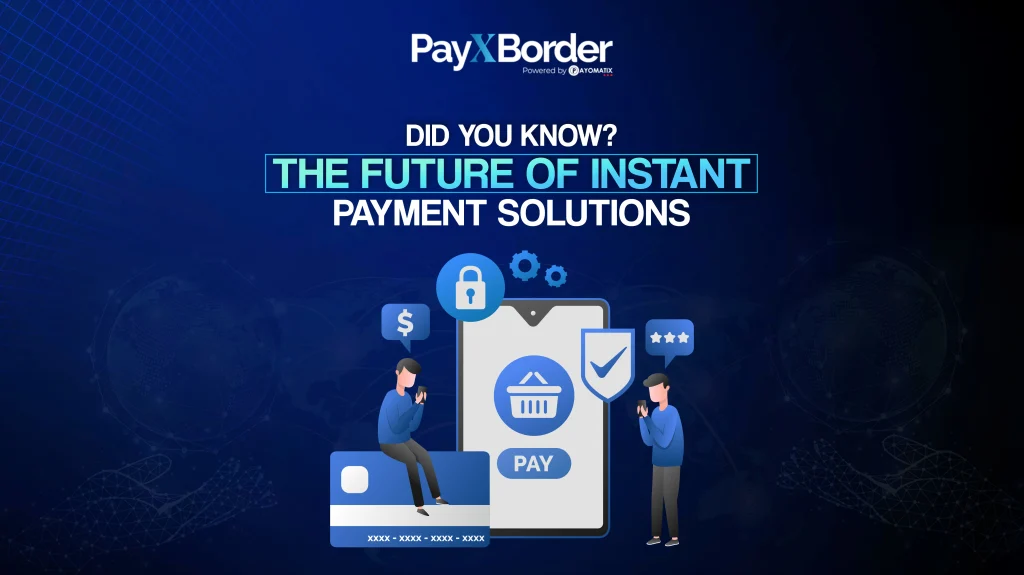Speed isn’t just a luxury anymore—it’s the lifeblood of global business. Whether you’re a freelancer billing international clients, an exporter juggling overseas logistics, or a SaaS brand scaling worldwide, waiting days for payments to clear isn’t just inconvenient—it’s costly. It hampers cash flow, delays operations, and weakens your competitive edge. As demand for Fast International Payments surges, cutting-edge fintech is making near-instant transfers a reality. But not every solution delivers. In this blog, we’ll reveal what truly powers fast cross-border payments, the hidden pitfalls of traditional systems, and how PayXBorder is setting a new standard for global speed and transparency.
Why Speed in International Payments Matters More Than Ever
In a world driven by digital-first commerce and globally distributed teams, transaction speed directly impacts business efficiency. Fast payments improve cash flow, build stronger supplier relationships, and increase trust with clients. On the other hand, delays in settlement can result in missed deadlines, strained operations, and lost revenue.
Businesses today can’t afford to operate on yesterday’s payment timelines. Customers expect real-time fulfillment, vendors demand timely payouts, and marketplaces require rapid reconciliation. The speed of your international payments affects every corner of your operations.
Yet despite advancements in fintech, many businesses are still using outdated systems with long settlement windows, manual verifications, and multiple intermediaries. That’s where next-generation platforms offering Fast International Payments come into play.
What Slows Down Traditional International Payments?
Most traditional cross-border transactions are routed through the SWIFT network, which involves a chain of intermediary banks between sender and receiver. Each bank in the chain adds processing time, fees, and the possibility of delays—especially when operating across different time zones and regulatory environments.
Currency conversion adds another layer of complexity. Not only does it introduce potential FX rate markups, but it can also delay processing if the recipient’s bank doesn’t support the desired currency.
Compliance checks such as KYC (Know Your Customer) and AML (Anti-Money Laundering) processes, while necessary, are often handled manually by legacy institutions, further slowing down the process.
The Secret Infrastructure Behind Fast International Payments
The future of fast payments lies in digital infrastructure. Modern fintech platforms bypass traditional banking systems by creating direct, localized payment rails and wallet-to-wallet networks.
This means that instead of routing a transaction through multiple international banks, payments are settled locally in each region and reconciled digitally—drastically reducing the time required.
For example, PayXBorder leverages a network of local banking partners, integrated with its multi-currency wallet system, to complete payments in minutes rather than days. Its API-driven platform allows instant verification, conversion, and payout—all in real-time.
Moreover, AI and automation handle compliance checks, fraud detection, and documentation, eliminating the manual roadblocks that slow down traditional systems.
How Real-Time FX and Wallet-to-Wallet Transfers Enable Speed
Speed is not just about fast routing—it’s also about smart infrastructure. One of the biggest breakthroughs in modern payment systems is the use of multi-currency wallets combined with real-time currency conversion.
Instead of converting currencies through a bank with unpredictable rates and delays, businesses can now hold funds in multiple currencies and convert them instantly when needed. This eliminates unnecessary conversion steps and allows same-day settlements.
With wallet-to-wallet transfers, both sender and receiver remain within the same ecosystem. This minimizes external dependencies, accelerates processing, and enables 24/7 transaction capabilities—even on weekends and holidays.
PayXBorder users benefit from this exact system—real-time currency exchange and immediate access to transferred funds, with complete visibility and flat-fee transparency.
Compliance and Security: The Fast Lane Needs Guardrails
While speed is essential, security can’t be compromised. Regulatory compliance is a critical part of any international payment process, but in modern systems, it doesn’t have to slow things down.
Advanced platforms integrate automated KYC, AML monitoring, and GDPR-aligned data handling into the transaction flow. This ensures that while payments are fast, they remain secure and fully compliant.
PayXBorder embeds these checks in real-time, so payments are screened and approved on the go—eliminating delays without compromising on legal standards. This dual focus on speed and compliance is what separates modern payment gateways from traditional banks.
The Business Impact of Lightning-Fast International Payments
When payments arrive in minutes instead of days, the benefits ripple across your organization. Vendors can be paid instantly, unlocking early payment discounts. Employees and freelancers get paid faster, improving satisfaction and retention. Customers experience faster order fulfillment, boosting brand trust.
Moreover, real-time settlements mean better cash flow forecasting and fewer reconciliation issues. With instant notifications and analytics, finance teams can track funds in real-time, make quicker decisions, and reduce manual overhead.
For high-growth businesses, speed also unlocks scalability. Faster payments mean faster expansion into new markets, quicker onboarding of partners, and smoother operations across borders.
How PayXBorder is Redefining Fast International Payments
PayXBorder is purpose-built to meet the demands of modern global businesses. Its Fast International Payments feature includes:
- Real-time transaction tracking so you always know the status of your money
- Wallet-to-wallet transfers across countries
- Real-time FX conversions with no hidden fees
- API integration for automated bulk payments and invoicing
- Built-in compliance tools for AML, KYC, and GDPR
- Multi-currency wallets to hold and manage over 50 currencies
Whether you’re an exporter, a remote team, or a SaaS company billing international clients, PayXBorder ensures your funds move at the speed of business.
Conclusion: Stop Waiting, Start Winning with Fast International Payments
In a hyper-connected world, time is one of the most valuable resources. Businesses that can move money quickly are better positioned to scale, compete, and grow globally. Legacy systems won’t cut it anymore. You need a payment infrastructure that’s built for real-time commerce, seamless compliance, and international agility. Fast International Payments are no longer the exception—they’re the standard.
FAQs
How can I make fast international payments?
Use a digital platform like PayXBorder that supports instant wallet-to-wallet transfers and real-time FX conversions.
Why are international payments so slow with banks?
Traditional banks use SWIFT with multiple intermediaries, which delays transactions and adds fees.
Are fast global payments safe?
Yes, platforms like PayXBorder offer real-time compliance checks and encryption to ensure secure transfers.
Can I track international payments in real-time?
Absolutely. PayXBorder provides real-time transaction tracking so you know where your money is at all times.
What’s the fastest way to pay international freelancers?
Wallet-to-wallet systems like PayXBorder offer instant payouts with low fees and full currency support.

